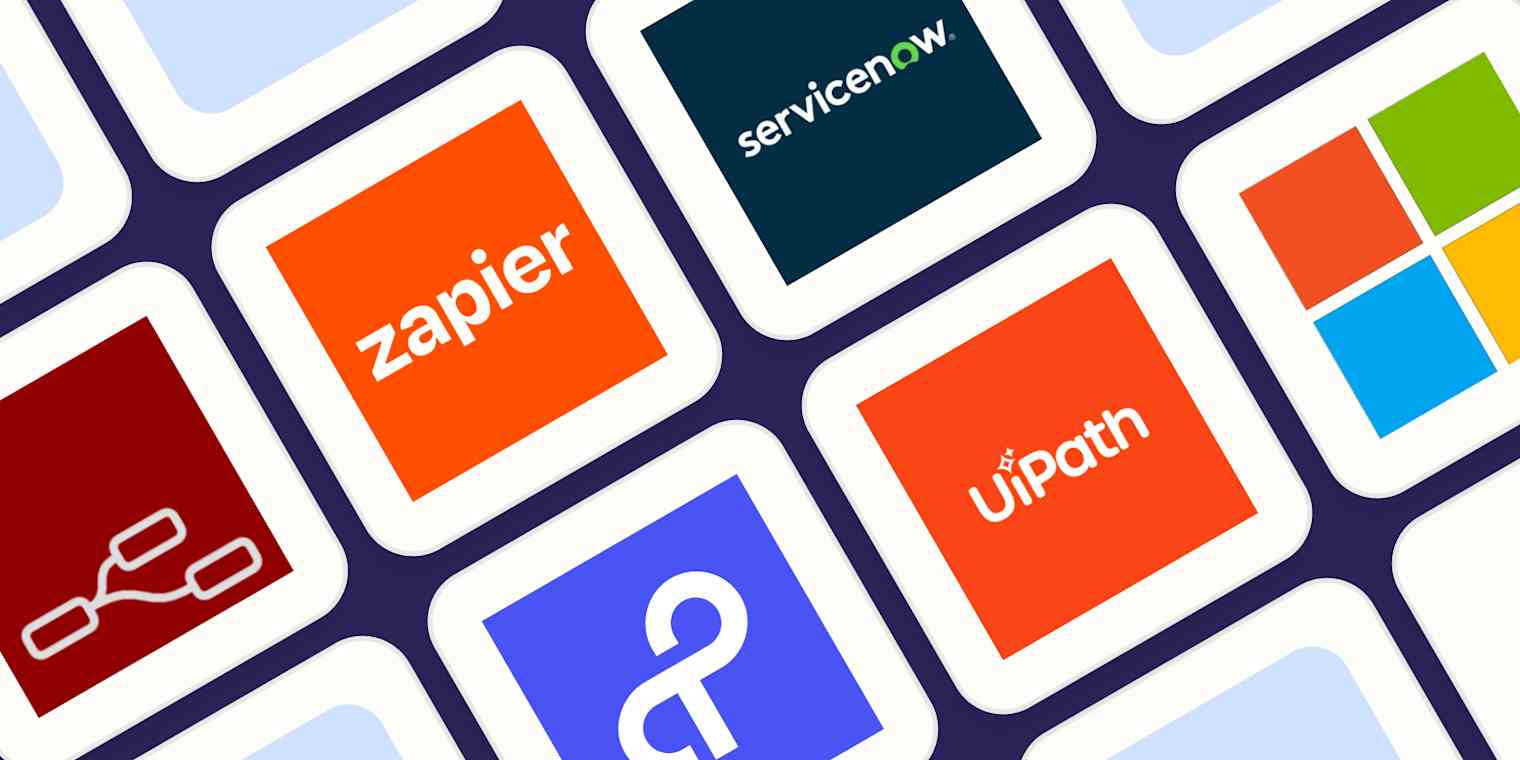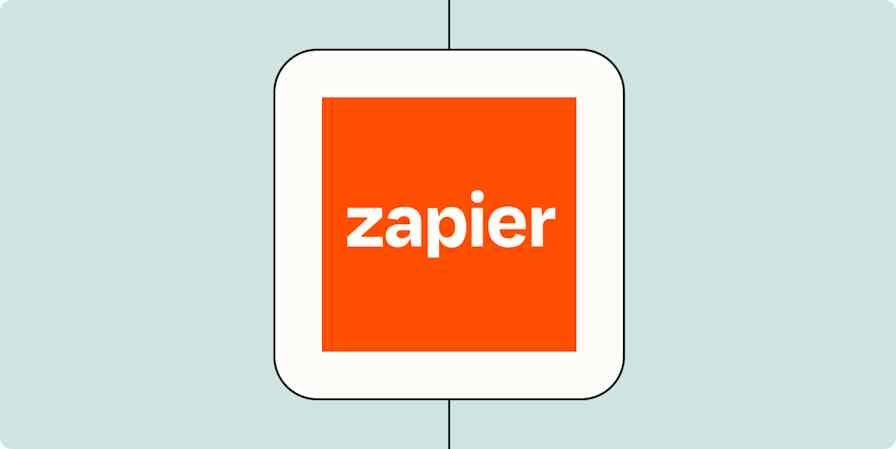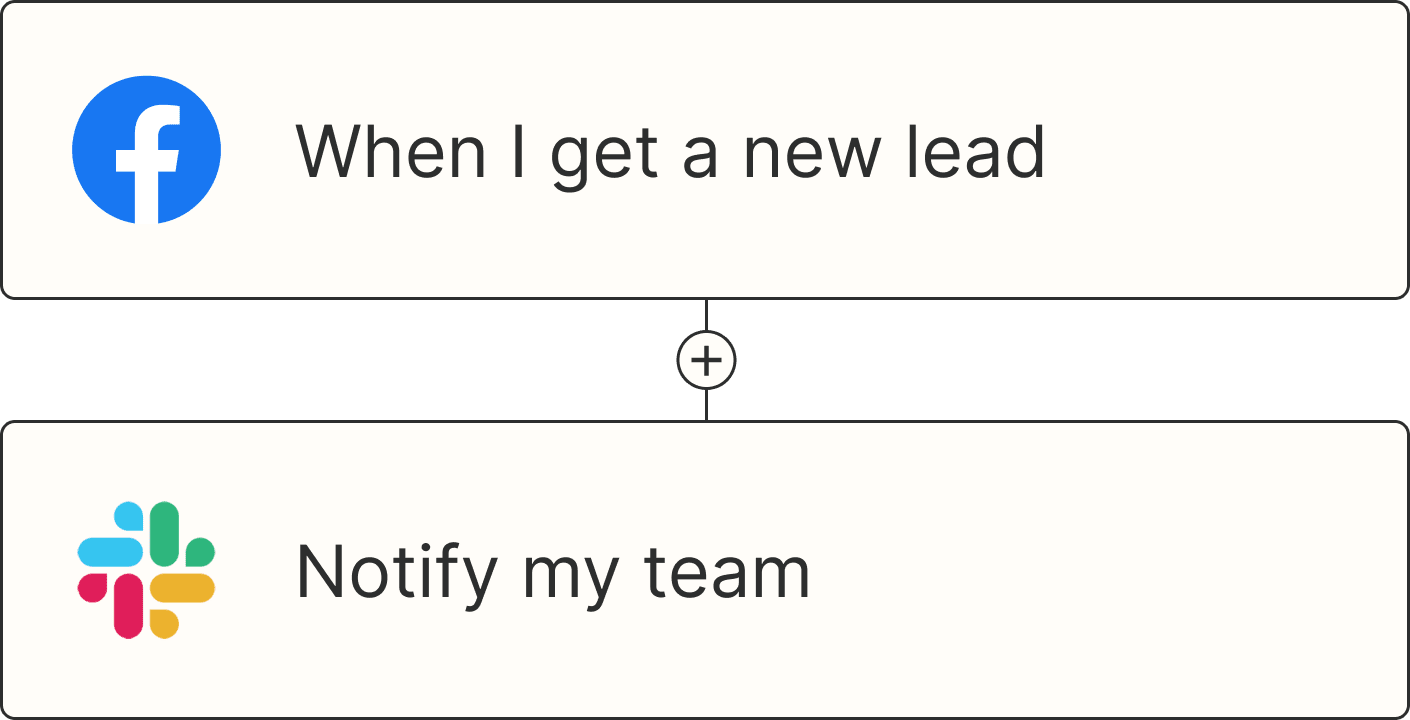The SaaS world is full of brand names you couldn't even dream of pronouncing (Zapier rhymes with happier). n8n heard "hard to pronounce" and said "hold my beer." And while it would be fun to ditch a tool just because of its name, there might be other reasons you're looking for an alternative to n8n.
Maybe you're running into setup or maintenance headaches. You might want more out-of-the-box integrations, or maybe you're looking for a platform that supports AI orchestration without requiring a server room or a crash course in DevOps.
Since I work at Zapier, it won't surprise you that I think it's the best n8n alternative out there—partly because it addresses all those issues I just mentioned. But I also know the best automation tool is the one that fits your team, your workflows, and the way you like to build. So instead of giving you a blanket recommendation, I've pulled together a list of top n8n alternatives—each with its own strengths, quirks, and ideal use cases. Here are the platforms worth considering.
The best n8n alternatives
Zapier for AI orchestration
Node-RED for self-hosted automation
ServiceNow for ITSM
Tray for developer-heavy teams
UiPath for UI automation
Microsoft Power Automate for Microsoft-heavy teams
What is n8n?
n8n (short for "nodemation" but pronounced like "n-eight-n") is an automation platform that lets you build workflows between apps, APIs, and services. It gives you a ton of flexibility under the hood, with code nodes, conditional logic, loops, and webhooks, all wrapped in a flowchart-style visual builder.
n8n is especially popular with developers and technically-curious teams who want the control of hand-coded automation without having to maintain a mess of custom scripts. It's also self-hostable, which is appealing for companies that want to keep everything behind their firewall.
But while n8n opens a lot of doors, it also comes with a seriously steep learning curve. There's less handholding than you'll find in more non-technical tools, and setup can feel like putting an IKEA couch together on five hours of sleep—it's technically doable, but it comes with a lot of yelling into the void. And then there's the question of maintenance, which is all on your shoulders if you choose to self-host on n8n. So whether you've outgrown n8n, gotten stuck mid-setup, or just want a smoother ride, there are plenty of alternatives worth exploring.
The best n8n alternatives at a glance
Best for | Standout features | Pricing | |
|---|---|---|---|
AI orchestration | Canvas, Interfaces, Tables, Chatbots, and AI Agents for end-to-end workflow automation with 8,000+ integrations | Free plan available; paid plans from $19.99/month | |
Self-hosted automation | Open-source, flow-based builder with 4,000+ community nodes; supports IoT, hardware, and custom API workflows | Free | |
IT service management (ITSM) | AI-driven incident management, asset lifecycle automation, and predictive outage prevention for enterprise IT operations | By custom quote | |
Developer-heavy teams | Deep API and data mapping controls, custom connector creation, and Merlin AI layer for intelligent automation | By custom quote | |
UI and legacy system automation | Robotic process automation (RPA) for apps without APIs, with visual builder and AI-enhanced bots | From $25/month | |
Microsoft-centric organizations | Seamless Microsoft 365 integration, AI Copilot for natural language automation, and document processing | From $15/month |
The best n8n alternative for AI orchestration
Zapier
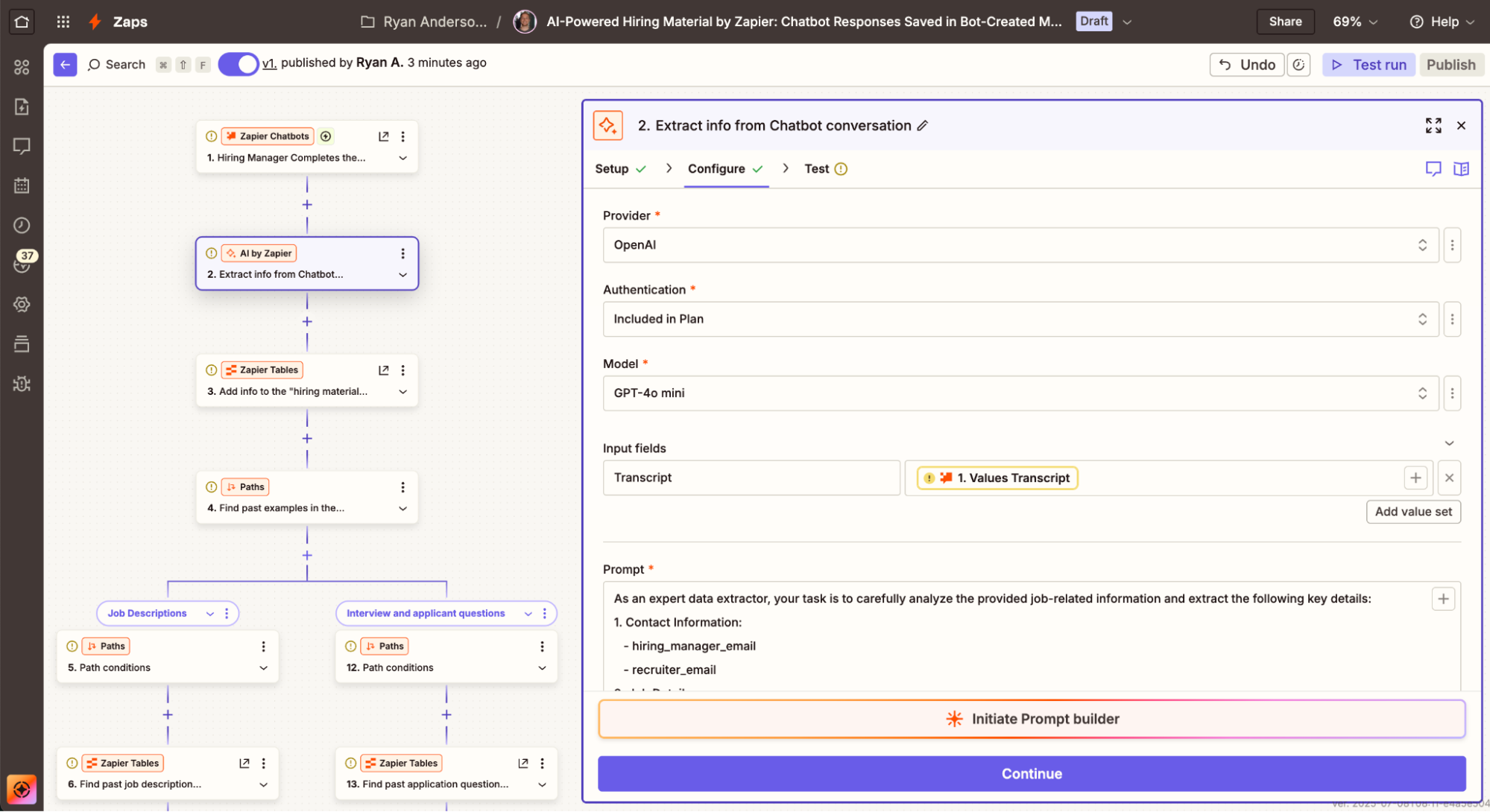
Zapier pros:
User-friendly and intuitive
Integrates with 8,000+ apps
Enterprise-grade security and controls
Zapier cons:
Free plan limited to two-step workflows
Zapier is for you if you want to build flexible, AI-powered, end-to-end workflows but don't want to wrangle your own infrastructure or write custom code for every API call. The platform connects to over 8,000 apps, which means you don't need to Google "how to connect [niche SaaS tool] to GPT-5 via webhook" or ping your developer friend (again) for help wiring up your CRM to your scheduling tool. If you use an app, Zapier probably connects to it.
Beyond simple triggers and actions, though, Zapier is an AI orchestration platform: a full command center for your automations, including your AI stack. Zapier helps you choreograph it all, whether you're working with LLMs, agents, or a constellation of internal tools.
You can use these built-in tools and features to orchestrate your team's workflows:
Canvas: Visual builder for mapping out complex workflows—including AI steps.
Interfaces: Build forms, dashboards, and internal tools with zero code.
Tables: Lightweight databases for storing and manipulating workflow data.
Chatbots: Context-aware bots that can converse, collect data, or trigger flows.
Agents: AI workers that can reason, decide, and act inside your workflows.
Templates: Ready-to-run automations for everything from lead routing to meeting prep.
On top of that, Zapier doesn't make your IT or legal teams sweat. It's SOC 2 Type II and GDPR-compliant, supports SSO/SCIM, and logs everything for easy audits—making it a great fit for enterprise environments.
Learn how companies like Slate and Netflix are already using Zapier to orchestrate their AI workflows at scale. Or, if you prefer to learn by doing, here are a few pre-built templates to get you started with Zapier.
Automate your HubSpot quote approval workflow to close deals faster and kick up your sales efficiency.
Consolidate LinkedIn and Facebook Ads and run weekly reports using an AI Agent.
Zapier pricing: Free plan available; Paid plans from $19.99/month
Read more: Zapier vs. n8n: Which is best for your organization?
The best n8n alternative for self-hosted automation
Node-RED

Node-RED pros:
Self-hosted
Great for prototyping and experimenting with custom automations
More than 4,000 pre-built integrations
Node-RED cons:
Steep learning curve—meant for experienced devs
Community-maintained, so version quality can be unpredictable
Originally developed by IBM and now an open‑source project under the OpenJS Foundation, Node‑RED is a flow‑based, low‑code automation tool built on Node.js. It's a great playground for the kind of person who likes full control—and maybe a little thrill from running things behind your own firewall.
You'll find a visual editor in your browser where you drag nodes (little blocks of logic), wire them together, and build "flows" that handle data movement, API calls, hardware commands, or just about anything you can imagine. Because the runtime is lightweight, you can run it on a cloud VM, Raspberry Pi, or behind your corporate VPN.
Or, if you like tinkering with custom automations around your home, you can connect Node-RED to Home Assistant to do things like connecting smart devices, building custom interfaces, and sending phone notifications.
Some businesses prioritize self-hosting everything, which makes Node-RED's flexible, no-vendor-lock-in option appealing. But keep in mind that if you're managing your own environment in Node-RED, you'll need to be comfortable with infrastructure, versioning, runtime monitoring, and dealing with endpoints that aren't always stable. Features you'd expect in enterprise SaaS solutions—like multi‑tenant governance, full audit logs, broad out‑of‑the‑box app connectors for random SaaS tools—rely on plugins and community extensions. And while the ecosystem of nodes (4,000+) is impressive, it doesn't offer the same turnkey experience you'd get from Zapier's 8,000+ connections.
If you're running your own infrastructure, working with hardware or custom integrations, or love tinkering until it's perfect, Node‑RED could work for you. But if your automation strategy is about rapid SaaS‑connectivity, democratizing workflows across non‑technical teams, or you want enterprise‑grade support out of the box, you'll be better off exploring a more managed alternative.
Node-RED pricing: Free
The best n8n alternative for ITSM
ServiceNow

ServiceNow pros:
Strong ITSM and ITOM capabilities
AI agents for incident management
ServiceNow cons:
Steep learning curve and cost
ServiceNow is a heavyweight enterprise automation platform that's been around since the early 2000s, with roots in IT service management (ITSM)—and that DNA still shows. Over the years, ServiceNow has bulked up into a full-blown business automation suite, tackling everything from risk and compliance to HR, procurement, and cybersecurity. But IT is definitely still its home turf.
ServiceNow's sweet spot is managing complex, large-scale IT operations, including things like:
Automated incident routing and escalation
Change request approvals
Asset lifecycle management
Service provisioning
Real-time visibility into what's going wrong—and ideally, preventing it before it does
For example, when an employee requests access to a new tool, ServiceNow can auto-check license availability, route the request to the right stakeholders, handle provisioning, and update your asset logs—all without a human ever touching the request.
To help manage the chaos, ServiceNow layers in AI that can predict outages, triage incoming incidents, and even suggest solutions based on past data.
But ServiceNow isn't exactly plug-and-play. It takes serious setup and a dedicated team to manage—and if your business isn't at enterprise scale yet, that might feel like bringing a tank to a tricycle race.
That's where Zapier can complement or even replace ServiceNow in some environments. Zapier integrates with hundreds of IT operations tools and can handle a wide range of IT workflows—like automating account provisioning, device tracking, or access revocation—without a full-blown implementation.
And if you already use ServiceNow but want to extend its reach, you can connect it with Zapier to unlock thousands of app connections and build cross-functional automations that your IT team (and everyone else) will thank you for.
Send WhatsApp Notifications for new records in ServiceNow
Create records in ServiceNow for every new task in Asana projects
Post Slack channel messages for new high-priority ServiceNow incidents
ServiceNow pricing: By request
Read more: The best business automation software
The best n8n alternative for developer-heavy teams
Tray

Tray pros:
Powerful for complex, developer-level workflows
Strong on data mapping
Deep API integrations
Tray cons:
Extremely limited pre-built integrations (120+) compared to a tool like Zapier (8,000+)
Steeper learning curve; less intuitive for non-technical users
Tray is a great option for teams that prefer working in JSON over Google Docs. It's an enterprise-grade automation platform that leans hard into its developer DNA. On the surface, it offers the familiar visual builder you'd expect—drag, drop, flowchart—but zoom in a little, and you'll find a playground built for people who think in endpoints, payloads, and custom logic.
Tray lets you map data across complex systems, build automations from scratch using raw API calls, and customize nearly every part of a workflow. Governance controls are baked in, too, which makes it a favorite for centralized IT teams managing org-wide automations.
Then there's Merlin, Tray's AI layer. With it, you can build agents that make decisions using your company's data, interact with APIs, web apps, and respond to Slack messages. You can even choose which LLM to use depending on the task. It's powerful—but also pretty technical. Non-devs may find themselves stalled without a generous library of templates or a friendly engineer on speed dial.
Speaking of libraries, Tray's app connector list is surprisingly lean. Unlike Zapier's 8,000+ pre-built integrations, Tray expects its users to build custom connectors when needed. That's fine for dev teams who want control, but it can create bottlenecks if your goal is to empower non-technical teams or move fast without writing code.
Tray can be a good fit for developer-heavy teams building bespoke workflows that need to tightly control automation logic. But if you want to democratize automation across your org, the tool might feel like a heavy lift.
Tray pricing: By custom quote
Read more: Low-code vs. no-code: Key differences and benefits
The best n8n alternative for UI automation
UiPath
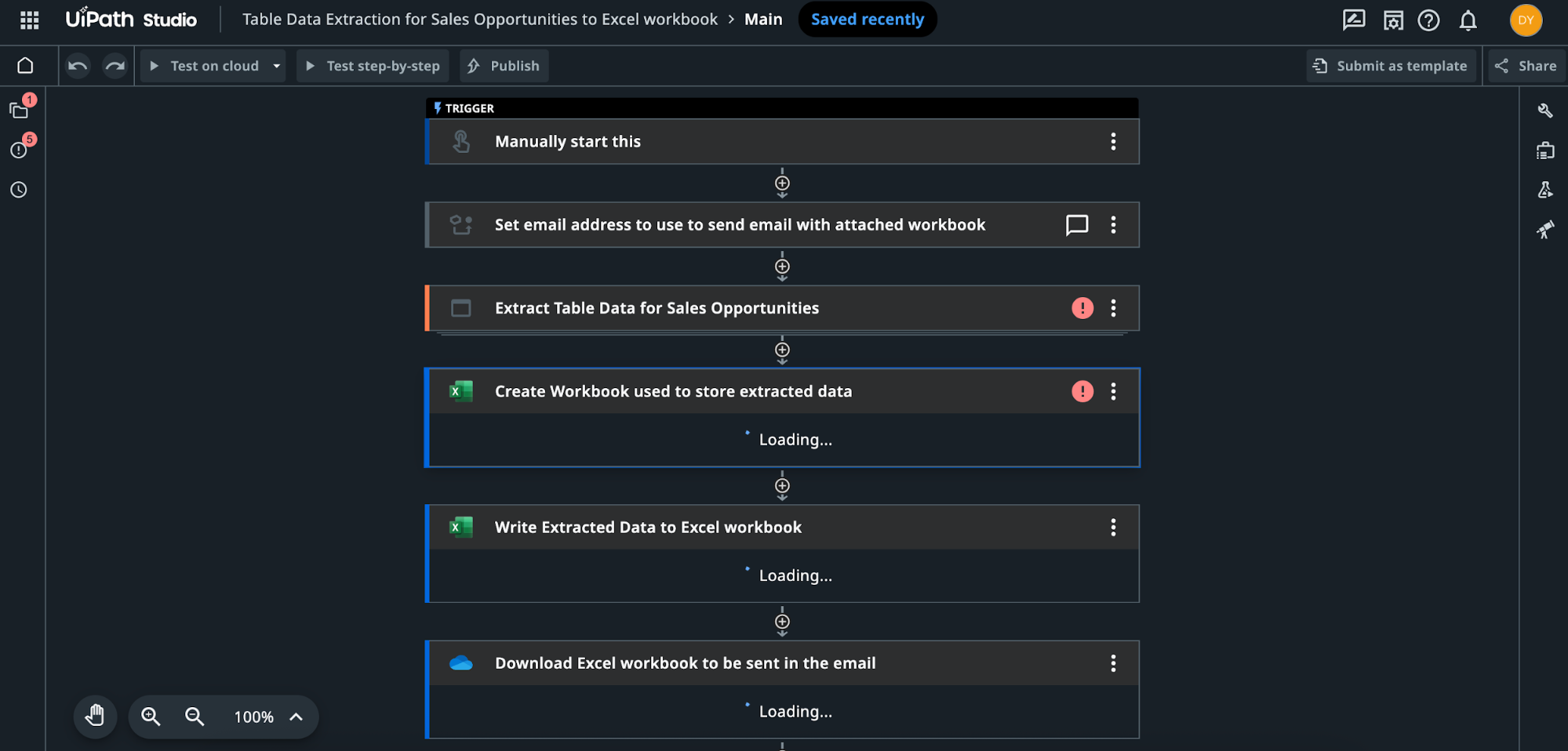
UiPath pros:
RPA capabilities for legacy system automation
Extensive training resources and a large community of users
UiPath cons:
Needs more coding than other low-code platforms
Sometimes, the apps you need to automate just won't cooperate. They might have no APIs, flaky endpoints, or worse, legacy systems that look like they haven't been updated since the dial-up era. That's where UiPath shines. It comes from the RPA (robotic process automation) world, which means it's built to mimic what a human would do—clicking buttons, filling out forms, copying and pasting—right on screen.
In other words, UiPath is your bot-powered lifeline if your workflow lives in a desktop app, a terminal, or some old-school tool that refuses to integrate nicely. The platform comes with everything you'd need to build, manage, and monitor those bots: a visual builder, orchestration tools, and usage analytics. And it's not just stuck in the past. UiPath lets you blend RPA with modern automation methods, like API calls, AI decision-making, and context-aware agents, so your bots can do more than just follow click-by-click instructions.
That said, it's not exactly weekend-hobby simple. While the visual builder helps, most teams will still need someone with scripting or dev chops to wrangle more complex workflows—especially if you're combining UI automation with APIs and AI. It's powerful, but it doesn't scream "self-serve."
UiPath also has a respectable collection of pre-built connectors, but it's nowhere near the 8,000+ integrations you'd find with Zapier. If your goal is broad app coverage and quick wins, that gap could be a blocker.
If you're battling with brittle or legacy tools that refuse to play nice with modern platforms, UiPath is a solid bet. Just be ready for a little more technical overhead—and maybe a few bots that need babysitting.
UiPath pricing: From $25/month for the Basic plan
The best n8n alternative for Microsoft-heavy teams
Microsoft Power Automate
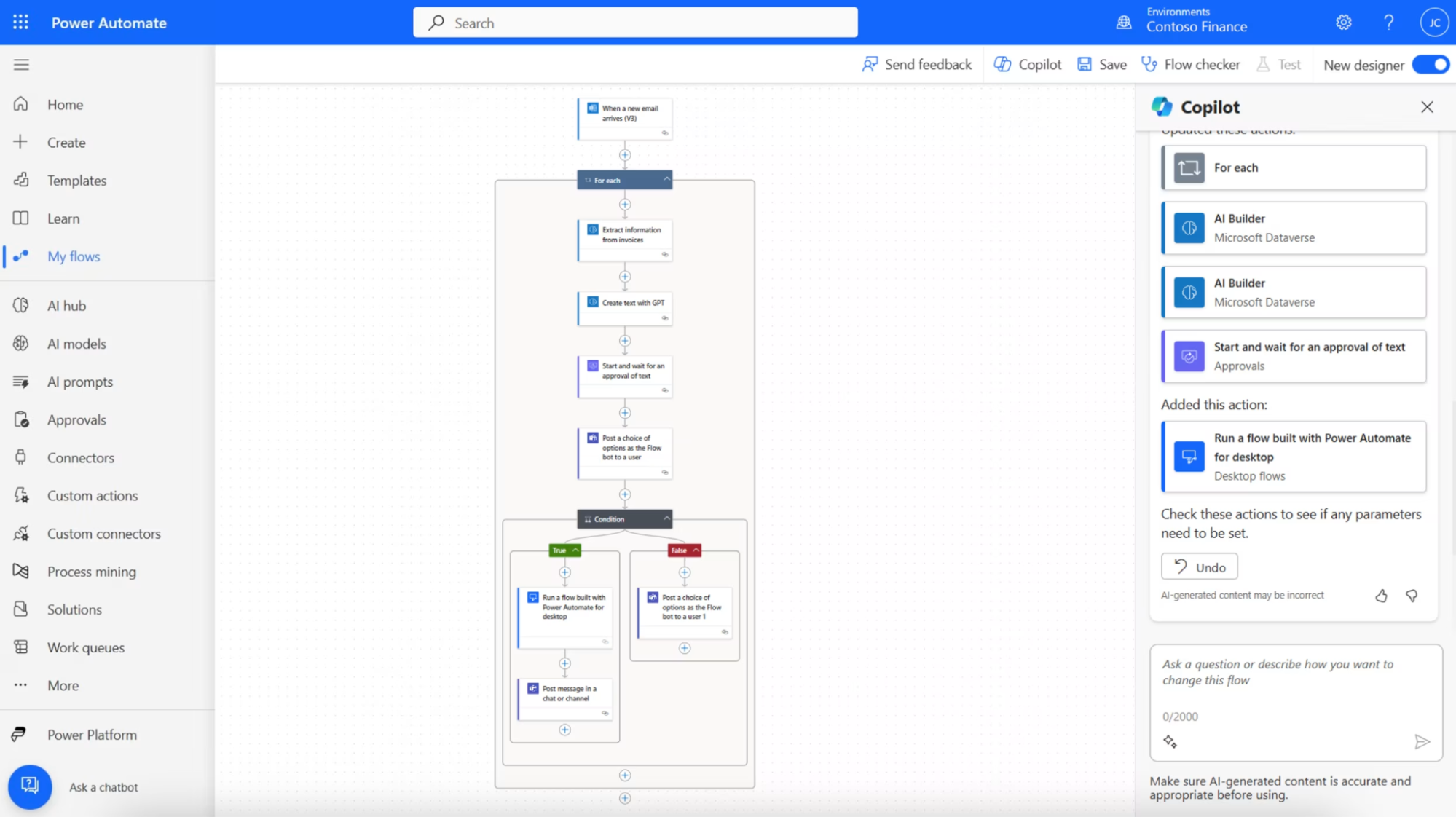
Microsoft Power Automate pros:
Seamless integration with the Microsoft 365 ecosystem
AI-powered features like workflow creation and document processing
Microsoft Power Automate cons:
Limited usefulness outside of the Microsoft ecosystem
At first glance, Power Automate might feel a little boxed in, since it's built to automate things within the Microsoft ecosystem. But when that ecosystem includes Outlook, Teams, SharePoint, Excel, OneDrive, and the rest of the 365 megasuite, that "box" suddenly starts to resemble a small country.
For organizations already running on Microsoft 365, Power Automate is often the path of least resistance. It's deeply embedded in the tools you're already using, which means you can set up automations like "when this SharePoint list is updated, trigger an approval in Teams" or "route an email from Outlook into a Planner task" without ever leaving the interface you're already in.
To its credit, Power Automate isn't just for Microsoft stuff. It has over 1,000 pre-built connectors, supports custom APIs, and even throws in RPA capabilities if you need to automate UI-based tasks. But once you step outside the Microsoft bubble, things can get a bit clunky. If your stack includes tools like Airtable, HubSpot, or Notion, don't be surprised if you spend more time troubleshooting than automating.
Microsoft has layered in AI features to keep pace, too. You can now build automations using natural language with Microsoft Copilot, extract data from documents using AI models, and get suggestions for common flows—all of which is helpful, especially for folks just getting started.
If your company lives and breathes Microsoft (bless), Power Automate can feel like home base. But if your toolset spans dozens of vendors, or you want a platform that plays nicely everywhere, you might be better off with something more ecosystem-agnostic. Like, say, Zapier.
Microsoft Power Automate pricing: From $15/month for the Premium plan
What's the best n8n alternative?
If your organization lives in Microsoft 365, Power Automate could be the easiest path forward. Or, if you need bots to handle legacy systems or UI-only tools, UiPath has the RPA chops. Developer-heavy teams looking for total control will feel right at home in Tray's low-level toolkit. And if you're building in an IoT or self-hosted environment, Node-RED offers serious flexibility with no vendor lock-in.
But if you want a platform that checks all the boxes—AI orchestration, 8,000+ integrations, enterprise-grade security, and a friendly interface for both business and technical users—Zapier is the way to go. It's powerful enough for IT, intuitive enough for ops and marketing, and flexible enough to scale as your automation needs evolve.
In the end, the best tool is the one that fits your workflows, your team, and your tech stack. So explore, experiment, and choose the automation platform that helps your organization move faster with less friction. Just be sure to double-check the tool's pronunciation before mentioning it out loud in public.
Related reading:
